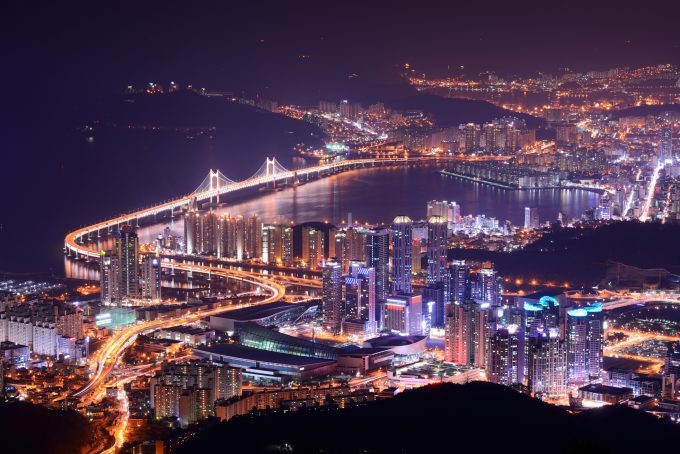FW: Shuttered California LTL carrier files for bankruptcy
FREIGHTWAVES reports: Less-than-truckload carrier Tony’s Express of Fontana, California, has filed for bankruptcy protection, nearly three ...

Following the catastrophic failure of Hanjin Shipping last year, the other South Korean ocean carriers still need to work hard to regain the confidence of shippers and counter parties.
That was the view of many delegates attending the 11th annual World Ocean Forum (WOF) in Busan last ...

Comment on this article